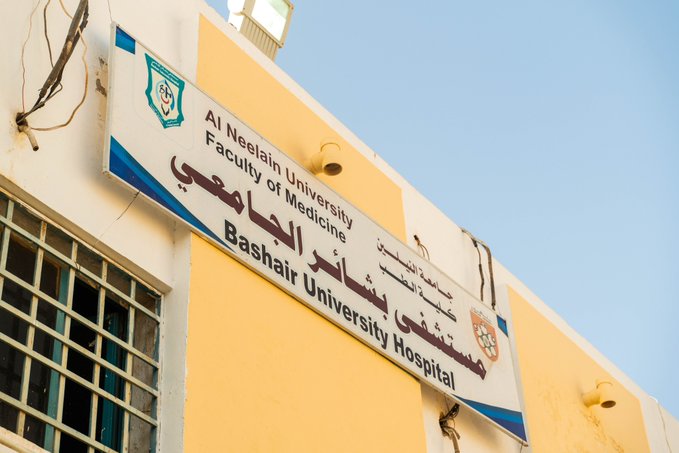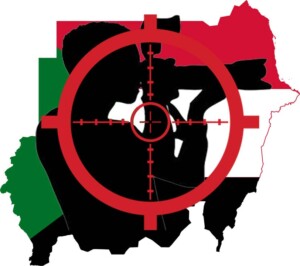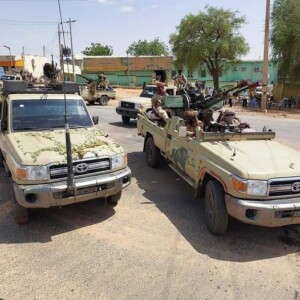‘Mass exodus’ from El Shajara in Sudan capital as fierce fighting continues

Bashair Hospital in southern Khartoum (File photo: MSF)
On Tuesday, the Rapid Support Forces (RSF) continued their attacks on the Armoured Corps in El Shajara, Khartoum, for a third day, amid conflicting reports about the control of the military complex. Most of the residents of El Shajara fled towards El Kalaklat in southern Khartoum and beyond. Despite the violence, the Bashayer hospital in the area is still operating.
The RSF continued their attacks on the military complex in El Shajara in the early morning of Tuesday. The evening before, the Sudan Armed Forces (SAF) and the RSF published statements and video clips in which each party confirmed their control of El Shajara Armoured Corps, while columns of smoke rose densely from inside the complex.
El Shajara military area is considered one of the army’s strategic locations in Khartoum. It occupies a large area of 20 square kilometres and stores ammunition and armoured vehicles. Stationed in the Yarmouk complex are five tank battalions and two infantry brigades with armoured personnel carriers, alongside numerous cannons, and a helipad.
The RSF reportedly took control of the Yarmouk military plant in El Shajara in early June.
In Omdurman, the army continued its attacks on RSF targets in eastern and central Omdurman. The old neighbourhoods of Omdurman that lie close to the National Radio and Television Corporation buildings, the Popular Market, and the Omdurman Grand Market in particular witnessed extensive shelling and fierce fighting.
Airstrikes, artillery shelling, and ground battles further included areas near the Shambat Bridge that connects Omdurman with the southern part of Khartoum North and represents the main supply line for the RSF. The army earlier made efforts to block the bridge.
Six people were killed by shells in Shambat in Khartoum North on Monday, the Imtidad Shambat Resistance Committees reported on social media.
Fierce fighting was also reported from the central and southern parts of Khartoum, and from Sharg El Nil (East Nile) in Khartoum North.
Affected
Listeners told Radio Dabanga that the neighbourhoods in old Omdurman and many parts of southern Khartoum “have almost become devoid of residents”.
A resident from the densely populated El Kalaklat neighbourhoods reported “a large exodus” from the areas adjacent to the El Shajara military area towards El Kalaklat and further south, to Jebel Aulia. “Many are heading towards White Nile state to escape the hell of the battles.”
Many explosions were heard coming from the El Shajara area, with warplanes continuously flying over, he said, and added that an army convoy en route from Jebel Aulia towards to El Shajara, clashed with an RSF force coming from the Teiba camp.
Médicins Sans Frontières (Doctors Without Borders/MSF) tweeted on Tuesday that the fierce fighting in El Shajara has inflicted heavy losses on residents in the south of Khartoum. The Bashayer Teaching Hospital received 111 emergency cases and performed 25 life-saving surgeries.
Marie Burton, the emergency coordinator for MSF Sudan, said that “despite explosions close by the hospital is still working. MSF and Ministry of Health staff are providing emergency and surgical care to all patients who reach us”.











 and then
and then